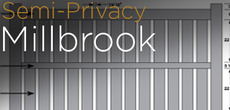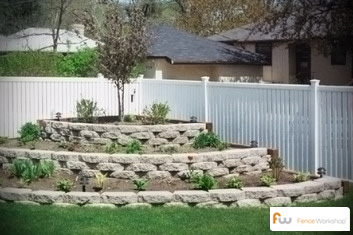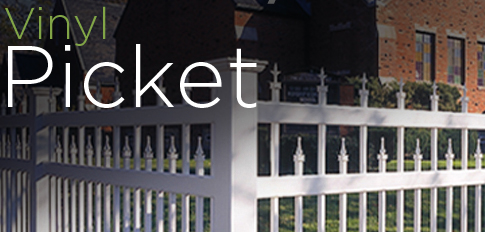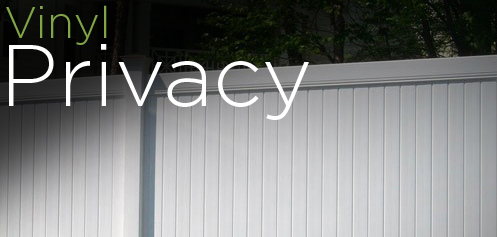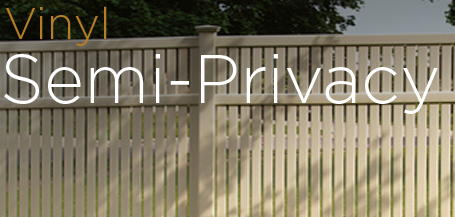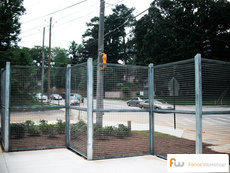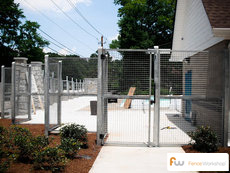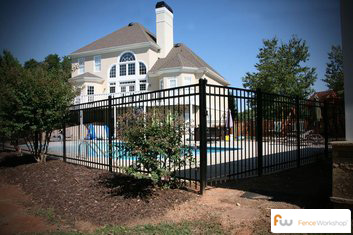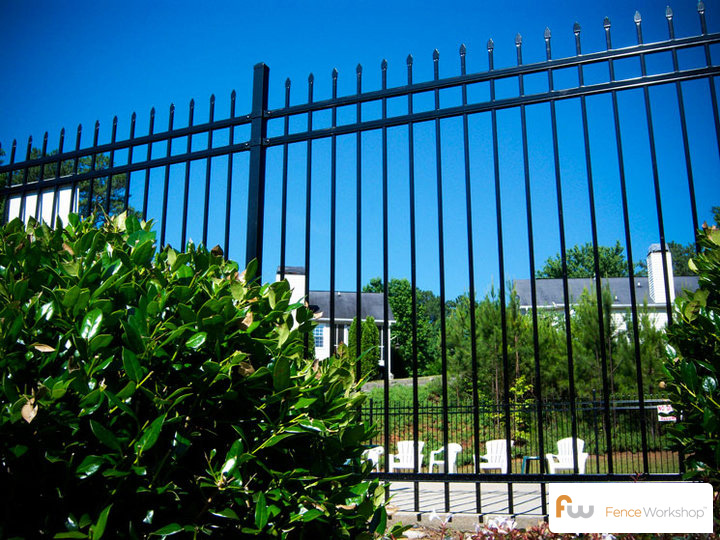Pool Regulations and Codes
Fence Workshop™ – Southeastern Pool Code Resource:
Fence Workshop™ is familiar with current pool codes in Georgia, Florida and North Carolina. We offer options to suit these codes as well as complete support and assistance with any questions or concerns consumers may have when considering installing or constructing their new pool fence. Our expert trained staff have the knowledge you need to build the strongest and safest pool fence available. This page is to be used as a resource only; specific building codes and regulations are available upon request from your local state government.
Consumer Product Safety Commission Suggests Installing Fences & Gates Completely Around Pools.
In accordance with the Consumer Product Safety Commission, erect your fence so that it bars entry around the entirety of your pool. Your house can act as the “4th wall” of the barrier around the pool, but if so, there must be an alarm connected to the doors of entrance to the pool and out of the house.
- The fence or other barrier should be at least 4 feet high. It should have no foot or handholds that could help a young child to climb it.
- Vertical fence slats should be less than 4 inches apart to prevent a child from squeezing through.
- For any pool barrier, the maximum clearance at the bottom of the barrier should not exceed 4 inches above grade, when the measurement is done on the side of the barrier facing away from the pool.
- Gates should open out from the pool and should be self- closing and self-latching. The gate should have no opening greater than ½ inch within 18 inches of the latch release mechanism. This prevents a young child from reaching through the gate and releasing the latch.
- If the fence is chain link, then no part of the diamond-shaped opening should be larger that 1¾ inch. The mesh size should not exceed 1¼ inches square.
This guide is used when the release mechanism is located less than 54 inches from the bottom of the gate.
If horizontal members are equal to or more than 45 inches apart, vertical spacing shall not exceed 4 inches.
- Fence gates should be self-closing and self-latching. The gate should be well maintained to close and latch easily. The latch should be out of a child’s reach.
- When the release mechanism of the self-latching device is less than 54 inches from the bottom of the gate, the release mechanism for the gate should be at least 3 inches below the top of the gate on the side facing the pool.
Note: Placing the release mechanism at this height prevents a young child from reaching over the top of a gate and releasing the latch. Also, the gate and barrier should have no opening greater than ½ inch within 18 inches of the latch release mechanism. This prevents a young child from reaching through the gate and releasing the latch.
BOCA National Building Code:
Enclosures for Private Swimming Pools: You should always check with your nearest Building Department for current codes/requirements pertaining to pool barriers in your area. The BOCA National Building Code provided for reference below should only be used to gain a basic understanding of the types of requirements you may encounter locally.
THE BOCA NATIONAL BUILDING CODE/1999:
421.10.1 Enclosures for private swimming pools: Private swimming pools shall be enclosed in accordance with Sections 421.10.1 or by other approved barriers.
421.10.1 Outdoor private swimming pool: An outdoor-private swimming pool, including an in-ground, above-ground or on-ground pool, hot tub or spa shall be provided with a barrier which shall comply with the following.
1. The top of the barrier shall be at least 48 inches above finished ground level measured on the side of the barrier which faces away from the swimming pool. The maximum vertical clearance between finished ground level and the barrier shall be 2 inches measured on the side of the barrier which faces away from the swimming pool. Where the top of the pool structure is above finished ground level, such as an above-ground pool, the barrier shall be at finished ground level, such as the pool structure, or shall be mounted on top of the pool structure. Where the barrier is mounted on the pool structure, the opening between the top surface of the pool frame and the bottom of the barrier shall not allow passage of a 4-inch diameter sphere.
2. Openings in the barrier shall not allow passage of a 4-inch diameter sphere.
3. Solid barriers shall not contain indentations or protrusions except for normal construction tolerances and tooled masonry joints.
4. Where the barrier is composed of horizontal and vertical members and the distance between the tops of the horizontal members is less than 45 inches, the horizontal members shall be located on the swimming pool side of the fence. Spacing between vertical members shall not exceed 1-3/4 inches. Decorative cutouts shall not exceed 1-3/4 inches in width.
5. Where the barrier is composed of horizontal and vertical members and the distance between the tops of the horizontal members is 45 inches or more, spacing between vertical members shall not exceed 4 inches. Decorative cutouts shall not exceed 13/4 inches in width.
6. Maximum mesh size for chain link fences shall be a 11/4-inch square unless the fence is provided with slats fastened at the top or the bottom which reduce the openings to not more than 13/4 inches.
7. Where the barrier is composed of diagonal members, such as a lattice fence, the maximum opening formed by the diagonal members shall be not more than 13/4 inches.
8. Access gates shall comply with the requirements of items 1 through 7 of Section 421.10.1, and shall be equipped to accommodate a locking device. Pedestrian access gates shall open outwards away from the pool and shall be equipped to accommodate a locking device. Pedestrian access gates shall open outwards away from the pool and shall be self-closing and have a self-latching device. Gates other than pedestrian access gates shall have a self-latching device. Where the release mechanism of the self-latching device is located less than 54 inches from the bottom of the gate: (a) the release mechanism shall be located on the pool side of the gate at least 3 inches below the top of the gate; and (b) the gate and barrier shall not have an opening greater than ½ inch within 18 inches of the release mechanism.
9. Where a wall of a dwelling unit serves as part of the barrier and contains a door that provides direct access to the pool, one of the following shall apply:
9.1. All doors with direct access to the pool through that wall shall be equipped with an alarm which produces an audible warning when the door and its screen, if present, are opened. The audible warning shall commence not more than 7 seconds after the door and door screen, if present, are opened and shall sound continuously for a minimum of 30 seconds. The alarm shall have a minimum sound pressure rating of 85 dBA at 10 feet and the sound of the alarm shall be distinctive from other household sounds such as smoke alarms, telephones and door bells. The alarm shall automatically reset under all conditions. The alarm shall be equipped with manual means, such as touchpads or switches, to deactivate temporarily the alarm for a single opening from either direction. Such deactivation shall last for not more than 15 seconds. The deactivation touchpads or switches shall be located at least 54 inches above the threshold of the door.
9.2. All doors with direct access to the pool through that wall shall be equipped with a self-closing and self-latching device with the release mechanism located a minimum of 54 inches above the floor. Swinging doors shall open away from the pool area.
9.3. The pool shall be equipped with a power safety cover. Where in a closed position, the cover shall be capable of holding a weight of 485 pounds, shall not have any openings that allow passage of a 41/2 inch sphere and shall incorporate a system to drain standing water that collects on the cover. The cover control switch shall be permanently installed in accordance with NFPA 70 listed in Chapter 35, and be key-operated and of a spring-loaded or momentary-contact type. Where the switch is released, the operation of the cover shall stop instantly and be capable of reversing direction immediately. The switch shall be in the line of sight of the complete pool cover.
10. Where an above-ground pool structure is used as a barrier or where the barrier is mounted on top of the pool structure, and the means of access is a fixed or removable ladder or steps, the ladder or steps shall be surrounded by a barrier which meets the requirements of items 1 through 9 of Section 421.10.1. A removable ladder shall not constitute an acceptable alternative to enclosure requirements.
Layers of Protection:
Supervision is always your primary layer of protection, but as the study shows, 69 percent of the drowning incidents occurred when parental supervision failed and there were not other “backup layers” in use.
- Access doors to the pool area with high locks are a secondary layer of protection.
- Alarms on access doors is another layer of protection.
- A pool safety barrier (fence) separating the pool from your home and all access doors and entrances is one more layer of protection.
- Water survival training for a child when he is capable of crawling or walking to the pool.
- CPR and your knowledge of rescue techniques are a final layer of protection should there be an accident.
The goal, with instituted layers of protection, is to come as close to a “fail safe” system of preventing drowning incidents as possible. Meaning that if there is a momentary lapse of supervision for whatever reason, we have several backup systems in place.
All must fail before a drowning can take place. A door has been left unlocked or open, the alarm system or device for the door has been turned off, the pool safety barrier has been left open, your child does enter the water, panics and does not attempt to utilize survival swim training, CPR is administered too late to save the child?
** Please Take Note**
These regulations may not be up to date with current codes in your area, Fence Workshop™ encourages you to have a look at BOCA’s national and state guidelines to be sure that you are clear on the specifics.
Get Started – Shop Our Pool Fences Now!
We know you’re getting excited about your new fencing project, and we would love to help. You’re just a call or click away from getting started! Our passion is the art of beautiful fences, and we can’t wait to share that passion with you to create the dazzling fencing you’ve been dreaming of. Get started now!
Phone: (404) 973-2911 Email: [email protected] Get a quote: Online Quick Quote Form



